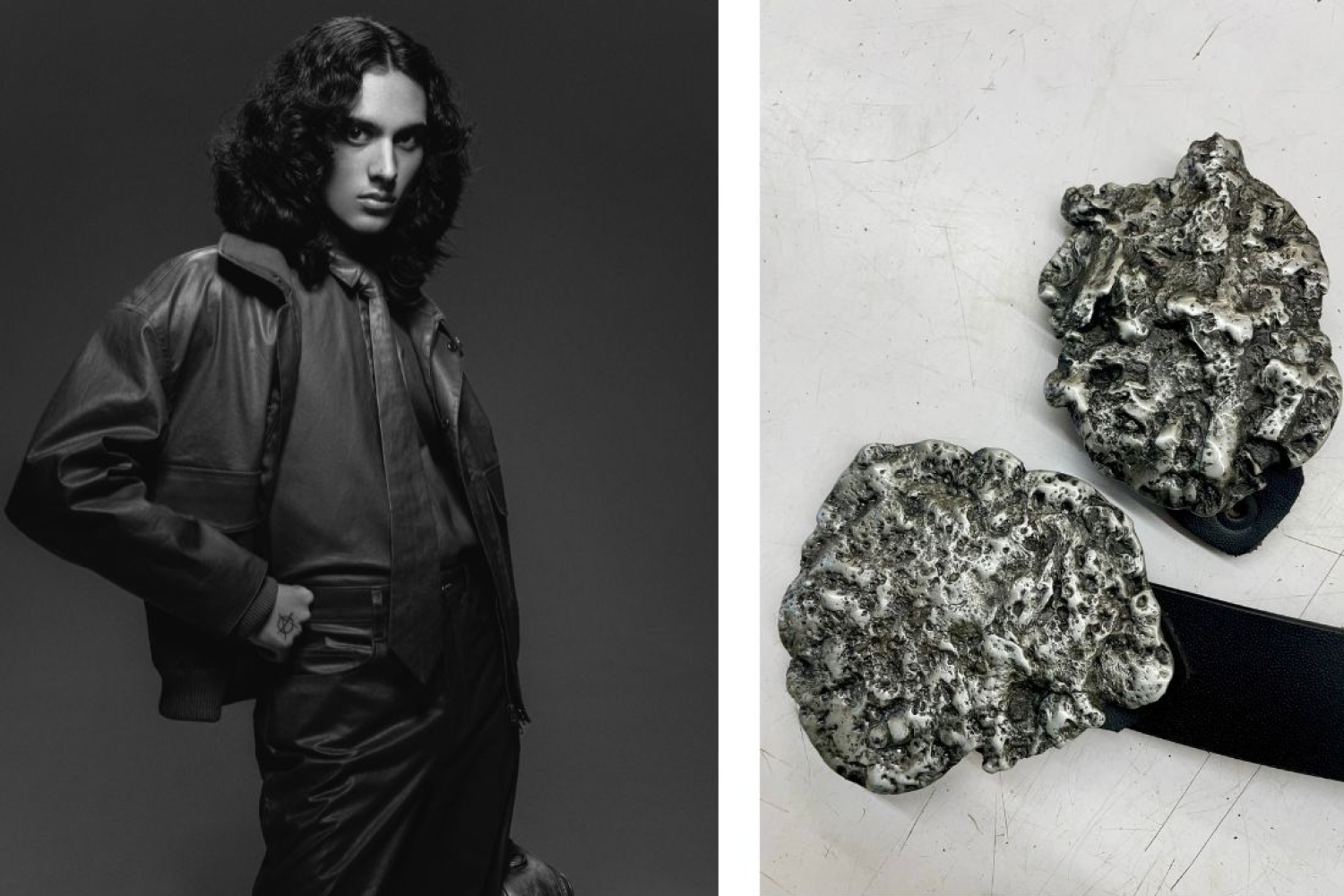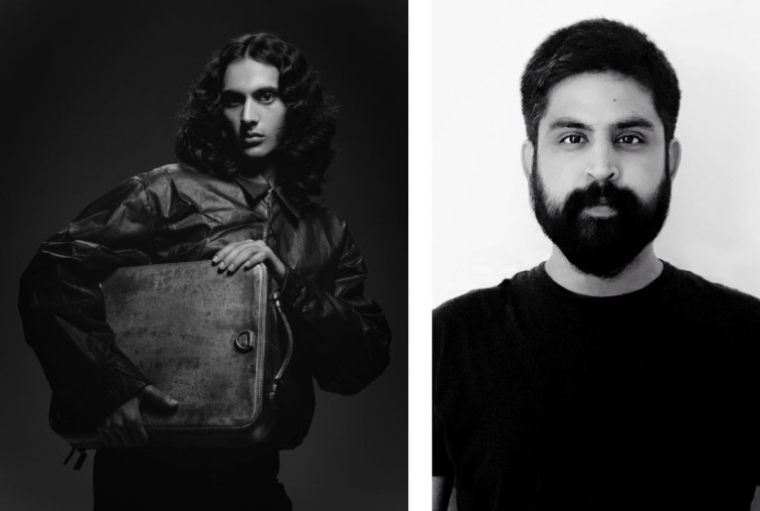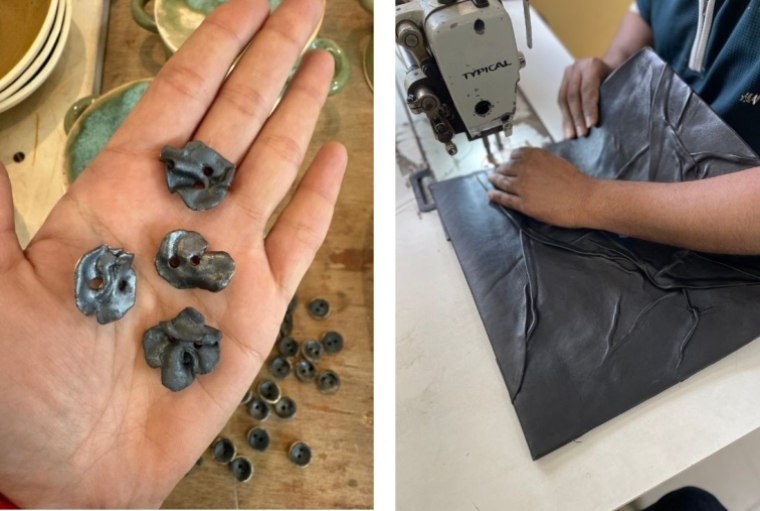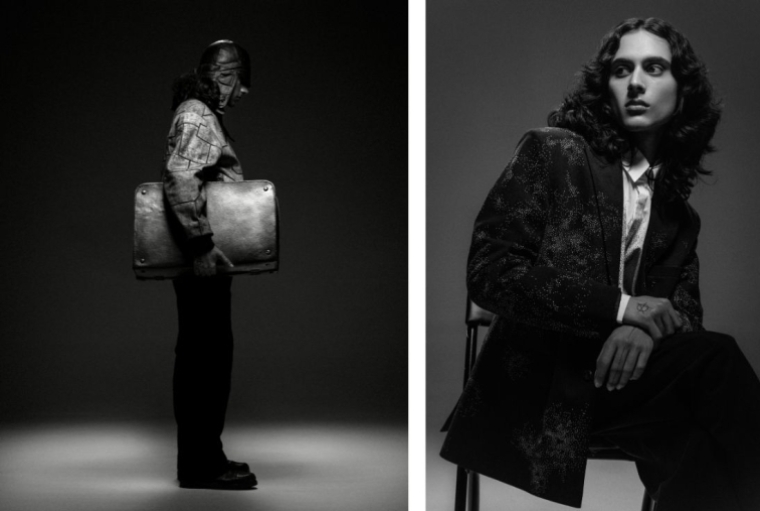

What distinguishes Countrymade from other fashion labels is its deep emotional core. With their latest collection, Residual, Countrymade dives into the complex themes of loss, memory, and the aftermath of war. Drawing inspiration from the devastating crash of a fighter jet, the collection becomes a tribute to the emotional residue left behind by such tragic events. Using a palette of scorched metals and textures that speak of fragility and resilience, founder Sushant Abrol invites us to see fashion as more than just an aesthetic—it's a language, a story, and a tribute to the human spirit.
In this interview, we explore the concept behind Residual, how Countrymade stands apart in the luxury menswear market, and Sushant's vision for the future of Indian fashion on the global stage.

Sushant Abrol

It always starts with a feeling, something unresolved, something personal. I usually write before I design. A poem, a fragment of thought, even just a word can become the emotional anchor for an entire collection. That core emotion guides everything; the silhouettes, the textures, the way the garments move.
Kantha is not just craft, it’s a philosophy. Traditionally, it was a way to mend and repurpose old fabrics, to stitch memory into material. That idea of healing through handwork deeply aligns with the emotional narratives of our collections.
Each Kantha stitch in the collection is like a quiet act of remembrance—piecing together what’s been broken, carrying forward what cannot be forgotten. The technique allows us to express fragility and resilience simultaneously. It’s not about symmetry or polish. It’s about care. About presence. Using a traditional Indian craft also roots the collection in where we come from. It’s our way of grounding modern menswear in something deeply human, timeless, and true.

I think the future of Indian fashion lies in authenticity. We’re finally seeing a shift, designers are no longer creating for external validation. They’re drawing from within, telling stories that are intimate, cultural, and real. That shift in voice is what makes India’s fashion future so powerful.
Words Paridhi Badgotri
Date 26.03.2025